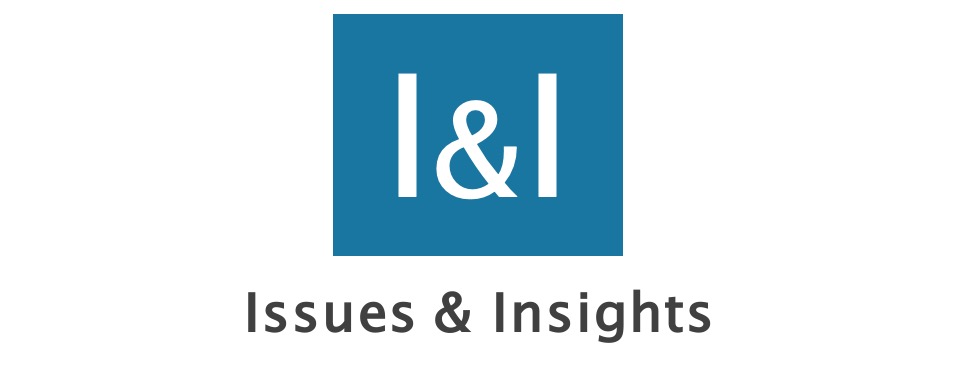In Federal Reserve Chairman Jerome Powell’s June 15 press conference, it was very clear that Powell and his leadership team were asleep at the switch in 2021 and for several months in 2022. No one woke up until the release of May’s consumer price data, which showed a shocking 8.6% jump in inflation. Fed leaders finally decided they needed to act and hiked the fed funds rate by 75 basis point, the biggest increase in 28 years.
In an October 12, 2021 talk, Fed Vice Chair Richard Clarida said: “But I continue to believe that the underlying rate inflation in the U.S. economy is hovering close to our 2% longer-run objective and, thus, that the unwelcome surge in inflation this year, once these relative price adjustments are complete and bottlenecks have unclogged, will in the end prove to be largely transitory.”
He almost certainly knew better than that, but he was speaking for his boss.
Clarida also commented: “As Chair Powell has indicated, if we did see indicators of inflation expectations moving up and running persistently above levels consistent with our price stability mandate, monetary policy would react to that. But that is not the case at present.”
Clarida resigned his post at the Federal Reserve early in 2022.
Some Fed officials had questionable stock-trading activity dating back to 2020 and the start of a massive quantitative easing (QE) program.
It’s fair to ask: Did Fed officials have a stake in keeping QE going longer than necessary, reflecting their long equity positions?
One has no idea about how many people at the Federal Reserve or U.S. Treasury and Biden administration had long cryptocurrency positions. Rising crypto prices are based nearly exclusively on QE. People buy cryptocurrency on the basis that it can be sold to someone else at a higher price.
QE flooded markets with liquidity, and cryptocurrency — unlike equities — has no underlying business earnings or prospect of earnings. But with excess dollars people often buy products of questionable value whose prices are rising with the expectation of selling them for more.
People were making a lot of money in crypto. Did people at the Fed, Treasury and in the Biden White House hold enough crypto to want to keep QE going past mid-2021 when it should obviously have been shut down?
CPI inflation was already at 5.3% year-over-year in June 2021 and the S&P/Case-Shiller National Home Price index increased by 18.8% in June 2021. The U.S. economy grew at over 6% in the first two quarters of 2021 and 5.7% for the entire year.
Aggregate demand boomed in 2021, far in excess of what the global supply chain was built to handle. QE was not needed. This was all before the Russian invasion of Ukraine. Inflation was a major issue before the invasion occurred.
Yet the Fed continued to buy mortgage-backed securities and Treasuries through the remainder of 2021 and into March 2022. QE made no sense, since everyone knew the real economy was running hot.
Why did Fed leaders do that and keep repeating nonsense about transitory inflation? Did long crypto holdings by powerful people in Washington, D.C. create that situation?
The answer to that will likely never be known. QE finally ended and quantitative tightening, QT, started with crypto prices sinking like a rock, which was expected as QE petered out.
Fed chief Powell, at one point during his presser, seemed to blame lack of Federal Reserve understanding of rising inflation pressures during 2021 on the central bank’s use of models which, of course, aren’t going to pick up rising inflationary pressures. But that makes no sense since the Fed leaders repeat time and again the mantra of being data dependent and reviewing all incoming data. Powell, himself, repeated being data dependent during his presser.
Something was very wrong at the Federal Reserve during 2021 and into 2022. The job of the Fed is to demonstrate common sense and discipline and control inflation. Their task was not to bid up cryptocurrency prices.
Mike Cosgrove, principal at Econoclast, a Dallas-based capital markets firm, is an emeritus professor at the University of Dallas.





 Using these vague “policy violations,” Google is now threatening to demonetize us. It’s part of Big Tech’s effort to silence conservative voices.
Using these vague “policy violations,” Google is now threatening to demonetize us. It’s part of Big Tech’s effort to silence conservative voices.
I doubt conflict of interest was a major factor. A minor contributor, perhaps. There is no evidence presented that anybody at the Fed held or traded crypto-currency. When you have a Soviet-style Politburo bureaucracy like the Fed running the economy by fiat policies, you cannot expect efficient monetary policy. Monetary policy snafus are inevitable when you have a large, highly-paid group of quasi-government bureaucrats running the national economy. In a real market economy, you would not need to artificially set interest rates, as there would be financial instruments such as bills of trade circulating with interest rates priced by real world business demands for money for payrolls, bankrolling exports, etc. Lacking any real world interest measures for guidance, Fed interest policy is a big guessing game akin to roulette. The Fed is getting out of control, especially since the Born-Again Bolshevik party of Warren & Sanders freighted the Fed with Consumer Protection, Climate Change, Diversity and other mandates. The idea being that the Fed through its member banks would become a more potent hammer for the DNC agenda and be outside the oversight of a future GOP congress or president. The Fed is becoming more dangerous over time.